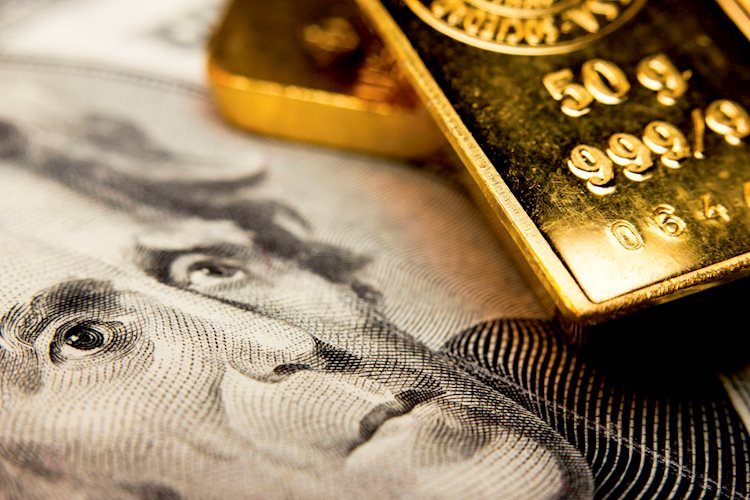Gold prices continue to climb due to ongoing geopolitical tensions in the Middle East and expectations of significant Fed rate cuts in 2024. With the United States celebrating a holiday, trading volume has been thin, but gold has remained firm above $2050.
The Israel-Hamas conflict and the Houthi militia’s actions in the Red Sea have sparked risk aversion in financial markets, driving up gold prices. In addition, the prospect of the Fed cutting rates by 170 basis points in 2024 has bolstered the appeal of gold against a weakening US dollar.
Looking ahead, market watchers are focused on upcoming US economic data and speeches by Fed officials to gain further insights into gold price dynamics. The week’s economic docket will feature key data points, including retail sales, industrial production, and consumer sentiment.
From a technical standpoint, the daily chart suggests a neutral-to-upward bias for gold, with short-term trading remaining sideways. In order for a bullish trend to continue, gold’s spot price must surpass the December 28 high of $2088.48 and challenge the $2100 figure. Conversely, a drop below the 50-day moving average at $2019 could lead to a test of the $2000 level. Overall, gold’s price dynamics will continue to be influenced by ongoing geopolitical tensions and macroeconomic factors in the coming days.
The image below illustrates the gold price’s recent movement: [Insert image here]
Additional insight: Geopolitical tensions and macroeconomic factors continue to be the primary drivers of gold prices. Additionally, the impact of the US Dollar’s performance and Fed rate decisions will play a significant role in shaping the future trajectory of gold prices. Investors and traders will closely monitor global events and economic indicators to gauge the potential impact on gold’s value.









